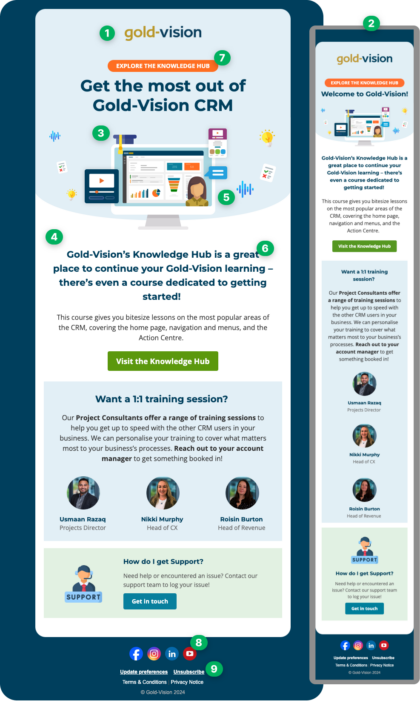Catch their attention with compelling subject lines
Now that you know who you’re going to send your email to, we need to work out how to get them to open it. This is where your subject line comes in. Think of this as your first impression.
We all do it – check our emails throughout the day and sort the wheat from the chaff. Think about what it is that stops you mid-sort. In the first instance, I’m going to assume it’s emails from people you know (colleagues, customers, newsletters you’ve intentionally subscribed to). So once those have been taken care of, what remains is a raft of subject lines competing for your attention.
B2B buyers and consumers feel overwhelmed by the volume of emails and 67% set up a junk email account to dodge unwanted emails. (Gartner, 2022)
If you’re anything like me, the majority (if not all, most days) are going straight into the bin without a second thought. However, occasionally, there’ll be a subject line that catches my eye.
So, what sets them apart?
- When this rare event occurs, they have usually hit on a pain point or question within the subject line that I am thinking about at that time (think back to the previous section about understanding your audience).
- They’ve avoided using terms like ‘limited time’, ‘free’, and ‘exclusive deal’ within the subject line (phrases like this are extremely likely to trigger spam filters and just give readers the ‘ick’)
- They’ve made sure that the subject line is not so long that it gets truncated by my email client, so I get the full hook at first glance
- They use the pre-header text to add an extra level of intrigue or context in support of the subject line
If you’ve followed the above tips and are still unsure if you’ve created a compelling subject line that will increase your email open rates, there are several free tools that you can use.







